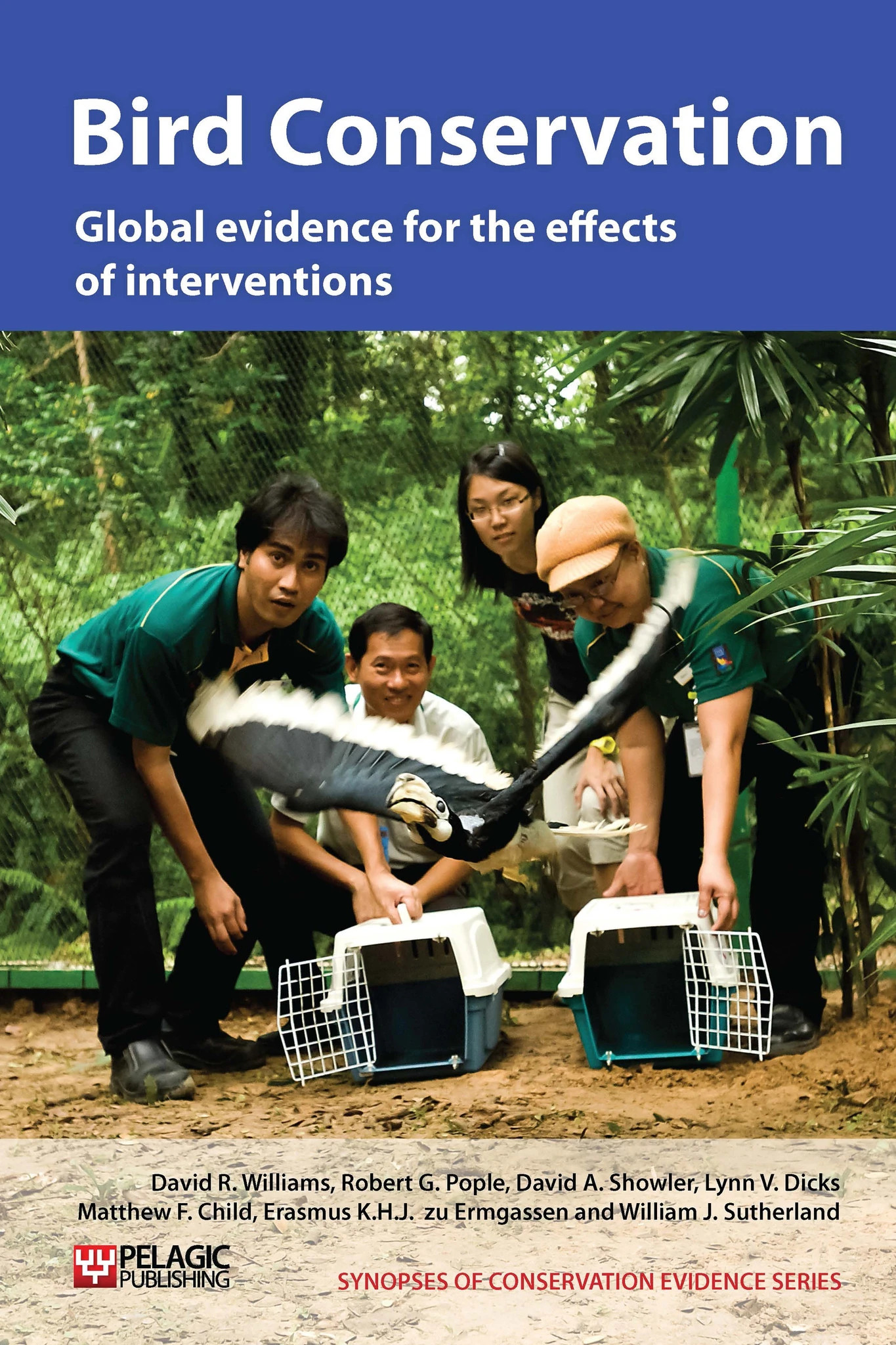Raise mowing height on grasslands to benefit birds
-
Overall effectiveness category Unknown effectiveness (limited evidence)
-
Number of studies: 2
View assessment score
Hide assessment score
How is the evidence assessed?
-
Effectiveness
20% -
Certainty
36% -
Harms
0%
Study locations
Supporting evidence from individual studies
A randomised, replicated, controlled trial on four farms in southwest England in 2003-6 (Defra 2007) found that 12, 50 ´ 10 m plots of permanent pasture cut to 10 cm in May and July did not attract more foraging birds than 12 control plots cut to 5 cm. Plots were cut twice in May and July, and grazed in autumn/winter. This study is also discussed in ‘Reduce management intensity on permanent grassland’, ‘Reduce pesticide or herbicide use generally’, ‘Undersow spring cereals’, ‘Reduce grazing intensity on permanent grasslands’ and ‘Plant wild bird seed or cover mixture’ .
Study and other actions testedA review of four experiments on the effects of agri-environment measures on livestock farms in the UK (Buckingham et al. 2010) found one trial from 2006 to 2008 that tested the effect of mowing height on skylarks Alauda arvensis nesting in silage fields. Preliminary results showed that chick survival was not affected by raised cutting height. However, the number of new birds produced each year (productivity) was more sensitive to re-nesting rates than chick survival. Raised cutting height slightly increased productivity, because skylarks re-nested sooner after cutting, but this was not enough to maintain a local population given survival rates. This study formed part of a Defra-funded project (BD1454) for which no reference is given in the review.
Study and other actions tested
Where has this evidence come from?
List of journals searched by synopsis
All the journals searched for all synopses
This Action forms part of the Action Synopsis:
Bird Conservation
Bird Conservation - Published 2013
Bird Synopsis





)_2023.JPG)














